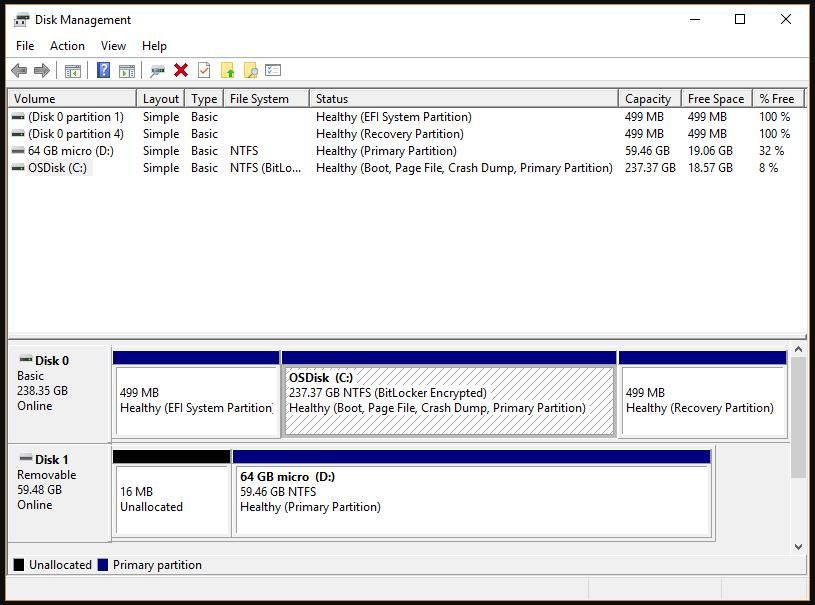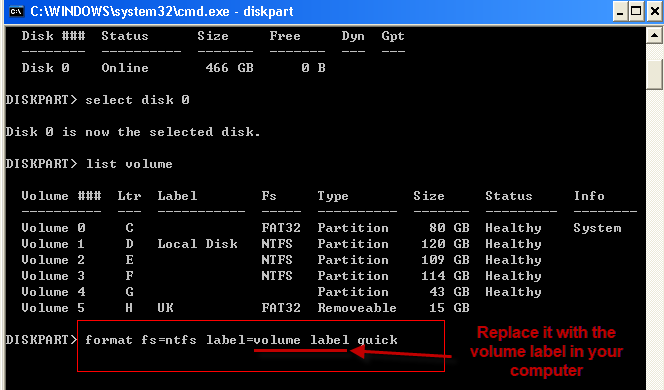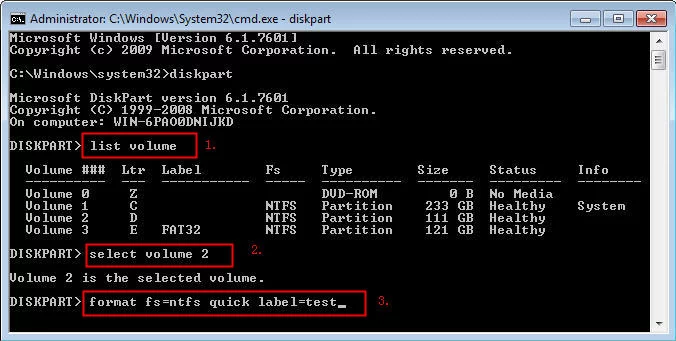
 Free space allocation and delete performance improved due to introduction of a free space bitmap (much better performance than FAT32).
Free space allocation and delete performance improved due to introduction of a free space bitmap (much better performance than FAT32).  File size limit of 16 EiB (Limited by volume size), raised from close to 4 GiB in FAT32 (Better support for video editing and large archives). Cluster size up to 32 MiB (allowing for larger partitions at the cost of more file slack). Note that the built-in Windows 2000/XP/Vista/7 can mount and support FAT32 volumes larger than 32 GB, but cannot create a FAT32 volume larger than 32 GB. Scalability to large disk sizes: 64 ZiB theoretical max, 512 TiB recommended max, raised from the 16 TiB limit of FAT32 partitions. There are some people working on Linux exFAT support, but I can't tell how far along they are, and as always, there is a risk of corrupting your data just like with NTFS.
File size limit of 16 EiB (Limited by volume size), raised from close to 4 GiB in FAT32 (Better support for video editing and large archives). Cluster size up to 32 MiB (allowing for larger partitions at the cost of more file slack). Note that the built-in Windows 2000/XP/Vista/7 can mount and support FAT32 volumes larger than 32 GB, but cannot create a FAT32 volume larger than 32 GB. Scalability to large disk sizes: 64 ZiB theoretical max, 512 TiB recommended max, raised from the 16 TiB limit of FAT32 partitions. There are some people working on Linux exFAT support, but I can't tell how far along they are, and as always, there is a risk of corrupting your data just like with NTFS. 
One of the key features for people doing video editing is the support for >4GiB files and much larger partition sizes than FAT32 typically supported, making it much easier to work with modern multi-terabyte drives.ĮxFAT is available for Windows Vista, 7, and I believe I may have even seen a Microsoft release to make XP work with exFAT. ExFAT basically takes the FAT file system to the next level, adding a large amount of long awaited features that the FAT32 system was sorely lacking.







 0 kommentar(er)
0 kommentar(er)
